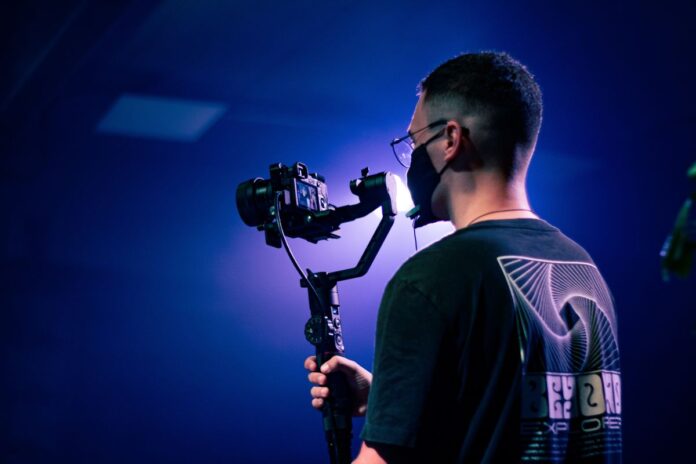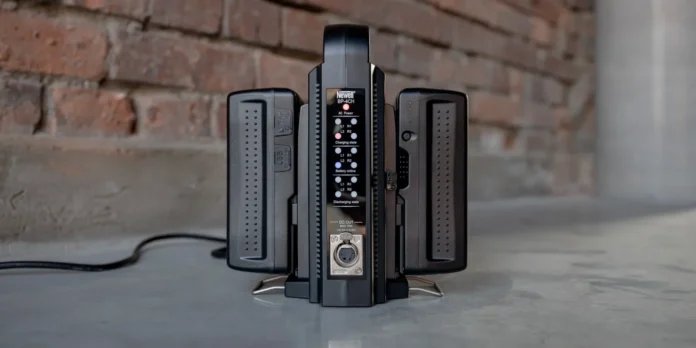You might have planned several trips this summer, and if so, you might be thinking about taking your digital camera and other filming equipment with you. However, since any high-end camera will be powered by a v mount lithium battery, not knowing the laws and rules the TSA implemented on-boarding a plane with such batteries could cause trouble for you.
If you found yourself in a situation where you’re wondering whether or not you could fly with a spare kit, you should understand that you could, however, there are specific rules that have to be followed. To help you avoid any issues and to ensure that you could bring the supplies, here is our list of rules that you must be aware of and follow:
1. You Must Store Them Properly

The very first thing that you must comprehend and remember is that a lithium-ion battery for digital cameras can only be packed in carry-on luggage and it must be protected from any damage that could occur. Why does this need to be ensured? Well, it’s simple to understand – there is a chance of them short-circuiting when it gets into contact with metal objects or surfaces, which is something that can cause a lot of trouble when the plane is up in the air.
Because of this, you must ensure that you leave them in their authentic box, you must also cover the terminals with some tape, you could opt for utilizing a case or sleeve in the bag where you store your camera, or you could choose to place it in a protective pouch. This indicates that you should never toss them into your luggage and take it on a plane with you, instead, ensure that they’re stored adequately before boarding the flight.
2. There Are Capacity And Size Limits
If your plan is to bring a li-ion battery on an airplane flight, you must remember that the airlines will permit you to bring the one that has a rating of up to 100 Wh. This means that, if needed, you could take smaller batteries with you. You must keep in mind that, if you wish to bring something more powerful with you – from 101 to 155 Wh – you must first get approval from the airline and you must also ask if there are any special storage rules that you should know about.
3. Be Careful Regarding The Quantity Limits
Since you now comprehend that you could take a high-voltage rechargeable v mount li ion battery pack on an aircraft, you could be wondering how much you could take. If you’re bringing a v mount li ion battery such as Moman Power 99 on your trip, you could bring as many as you require, and of course, the only thing that you must be careful about is that it’s below 100 Wh. Most airlines will require them to be stored properly, thus, guarantee that you do this.
On the other hand, if you’re planning on taking a more powerful v mount li ion battery on your vacation, one that goes above 100 Wh, you could only bring two of the same kind. You must memorize, that although you could pack them properly, you must get approval from the company you’re journeying with, thus, you have to do some digging, call the company, and then guarantee that you do everything that they tell you so that you could take your supplies with you.
4. Different Airlines, Different Rules

Another thing that we must mention is that different airlines have different rules regarding v-mount batteries. This means that, although most companies will permit you to take such kits with you, you must ask them before you actually choose to do this. After all, you don’t want your vacation to be ruined by airport security taking your expensive equipment away from you, hence, contact your airline before your trip.
5. Consider Getting a Precheck
A lot of people don’t realize this, but they can actually get a TSA precheck. What is this? Well, this precheck, as the name implies, basically implies that you’ll bring all your devices and supplies – including the batteries – with you in a precheck line where they’ll write down information on what you’re taking with you. The precheck validation lasts for up to 5 years, the security won’t be so restrictive, and you’ll be capable of finishing everything much faster.
6. There Are Real IDs That Can Help
Another thing that could help you get through terminals faster is obtaining a Real identification. Having this document, it’ll let security at airports know that you’ve already been previously screened, thus, they’ll understand that you aren’t a risk. Hence, when you take different supplies with you, it won’t be a big problem for them, mostly due to the fact they’ll know who you’re, what you’re bringing on the flight, and they’ll keep all of your information that they can use if an issue occurs.
7. You Could Place it in Your Device

Before we conclude this guide, there are a few more things worth mentioning about taking these kits on an aircraft. As we mentioned, you should take them in the carry-on luggage and you must store them properly, however, there is one more thing that you could do – you could place them in the machine that they’re meant to provide fuel to (the digital camera, laptop, or other items that you might need on the trip).
Hence, by choosing this, you won’t need to protect them properly, nor will you have to care about all the rules and laws, instead, you could bring them with you as a component. Of course, this won’t function if you, for example, need a spare battery, but if you don’t, this might be the simplest and easiest way for you to bring the kits with you. If you’re still worried that you might get into trouble, then just simply ensure that they’re below 100 Wh.
Conclusion
As you could see, it’s entirely possible for you to take a v-mount camera battery on a flight. Of course, if you wish to guarantee that the equipment isn’t taken away from you by airport security, you must follow the tips we’ve mentioned above, so that you could ensure that all goes according to the plan you have.
By now, you probably realize what you must do in order to take your high-end digital camera and other gear with you, and if so, you might not want to lose any more of your time reading articles similar to this one. Instead, you should call your airline and ask them about the rules and regulations they have for transporting batteries on their planes.




